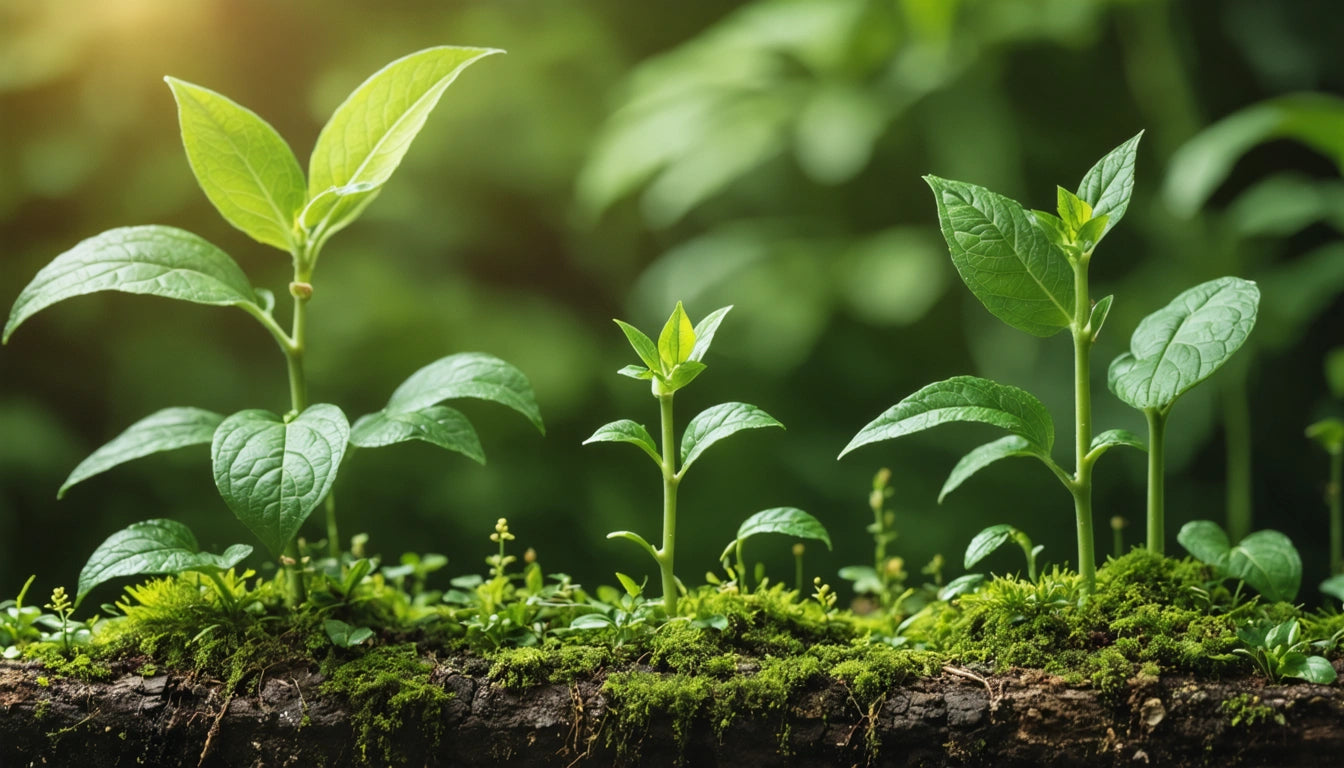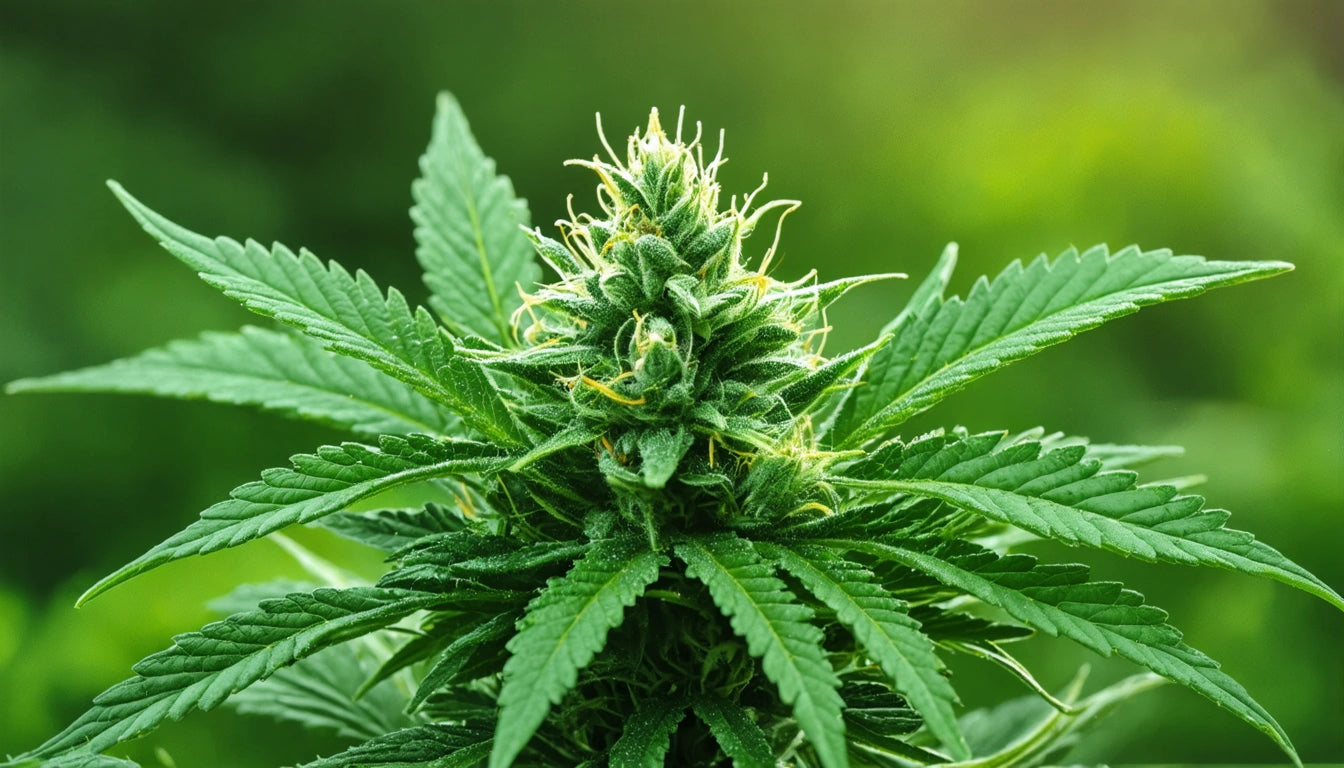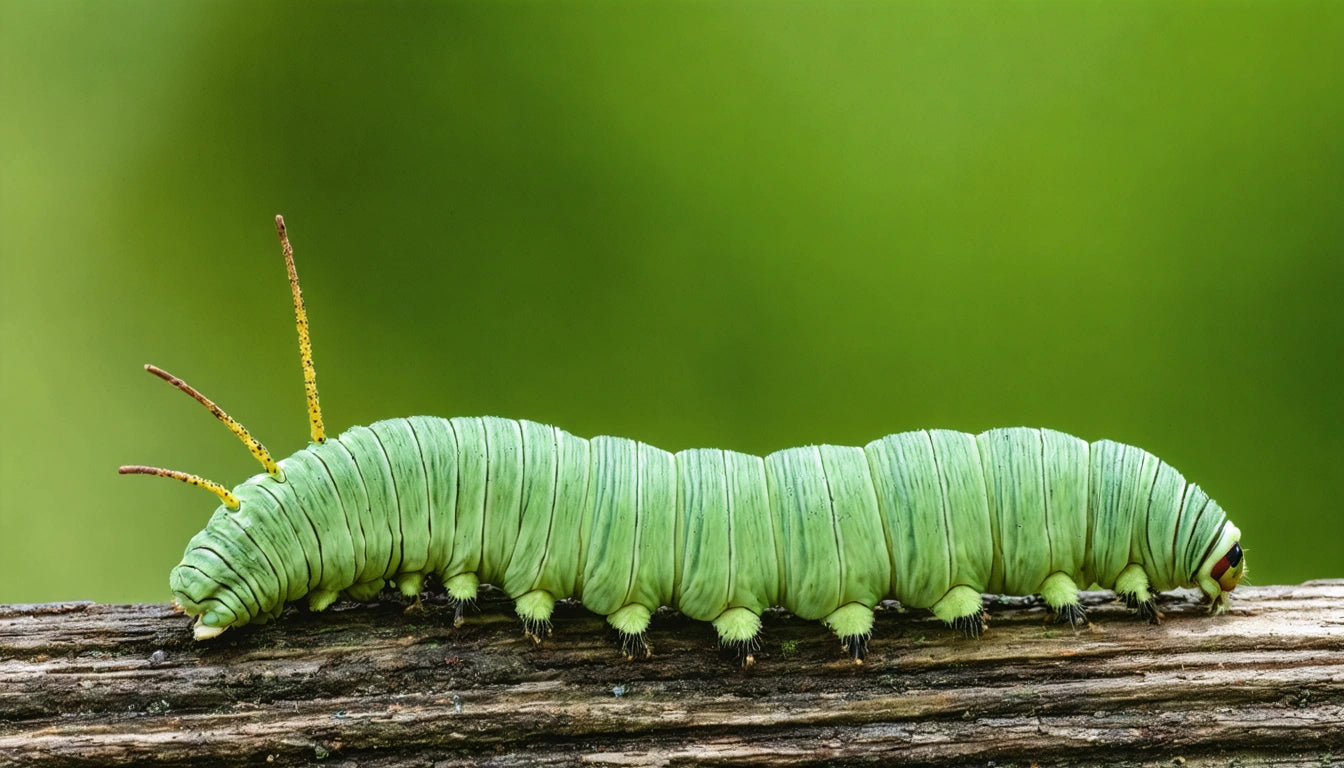Table of Contents
Understanding the Role and Vitality of Plants in Our Ecosystem
Plants form the foundation of life on Earth, serving as primary producers, oxygen generators, and essential components of global ecosystems. Despite their seemingly static nature, plants are dynamic living organisms with complex biological processes that sustain their growth and reproduction. This exploration delves into fundamental questions about plant life, their role as producers, transpiration mechanisms, and modern cultivation approaches.
Are Plants Alive? Understanding Plant Life
The question "are plants alive" may seem basic, but understanding what constitutes life in plants reveals fascinating biological systems. Plants are indeed living organisms that exhibit all the characteristics of life: they grow, reproduce, respond to stimuli, metabolize nutrients, and adapt to their environment.
Unlike animals, plants lack mobility and nervous systems, but they compensate with remarkable adaptations. They sense light, gravity, and even touch through specialized cells. Research from studies on optimizing plant growth demonstrates that plants respond to environmental factors like light and sound, adjusting their growth patterns accordingly.
Plants also exhibit cellular respiration, converting sugars into energy through complex biochemical processes. Their cells contain organelles like chloroplasts and mitochondria that perform essential functions for survival and growth.
Plants That Are Producers: The Foundation of Ecosystems
Plants are considered producers because they create their own food through photosynthesis, a process that converts light energy into chemical energy stored in glucose molecules. This ability to produce organic compounds from inorganic materials places plants at the base of nearly all terrestrial food chains.
Why Plants Are Considered Producers
- They capture solar energy and convert it to chemical energy
- They create organic compounds from carbon dioxide and water
- They provide energy and nutrients for consumers in ecosystems
- They release oxygen as a byproduct, supporting aerobic life
The producer role of plants extends beyond food production. Plants also generate biomass that becomes soil organic matter, supporting diverse microbial communities. Understanding these processes is crucial for plant breeding and reproduction techniques that aim to enhance productivity and resilience.
Why Do Plants Transpire? The Essential Water Cycle
Transpiration is the process by which plants release water vapor through small pores called stomata, primarily located on their leaves. Understanding why plants transpire reveals several critical functions:
Functions of Transpiration
Transpiration creates a "pull" that draws water and nutrients from the soil through the plant's vascular system. This continuous flow of water, known as the transpiration stream, delivers essential minerals to all plant tissues.
Additionally, transpiration helps regulate plant temperature. As water evaporates from leaf surfaces, it cools the plant similar to how sweating cools the human body. This cooling effect is crucial during hot weather when plants could otherwise overheat.
For cannabis cultivators, understanding transpiration is essential for optimizing growing conditions and preventing water stress, which can significantly impact plant health and yield.
How Corporation Plants: Modern Approaches to Plant Cultivation
Modern corporations have revolutionized plant cultivation through technological innovation, scientific research, and scale economies. Corporate agriculture and horticulture employ advanced techniques to maximize yield, quality, and sustainability.
One significant advancement is precision agriculture, which uses data analytics, sensors, and automation to optimize growing conditions. For instance, our specialized filling equipment for commercial cultivation demonstrates how technology streamlines production processes while ensuring consistent quality in plant-based products.
Corporate cultivation also incorporates controlled environment agriculture (CEA), including greenhouse and indoor growing systems that regulate temperature, humidity, light, and CO2 levels. These systems allow year-round production regardless of external climate conditions.
Genetic improvement programs represent another corporate approach, developing varieties with enhanced yield, disease resistance, and quality characteristics. These programs often combine traditional breeding with modern genomic tools as described in guides about seed production in plants.
Corporate Sustainability Initiatives
Many corporations now implement sustainability practices in their plant cultivation operations:
- Water conservation systems that reduce consumption and runoff
- Renewable energy integration for powering facilities
- Biological pest control to minimize chemical inputs
- Waste reduction and recycling programs
- Carbon footprint monitoring and reduction strategies
These initiatives reflect growing consumer demand for environmentally responsible products and regulatory pressures to reduce agriculture's environmental impact.
The Future of Plant Science: Innovations and Sustainable Practices
The frontier of plant science promises transformative developments that will reshape our understanding of plants and their cultivation. Emerging technologies like CRISPR gene editing offer unprecedented precision in enhancing plant traits, potentially addressing challenges from climate change to nutritional needs.
Vertical farming represents another innovation frontier, with multi-level indoor growing systems that maximize space efficiency while minimizing resource use. These systems are particularly valuable in urban environments where traditional agriculture is impractical.
Bioinformatics and computational modeling are revolutionizing our understanding of plant genetics and physiology. These tools help predict how plants will respond to different environmental conditions, informing breeding programs and cultivation practices. Resources on plant nodes and growth patterns demonstrate how this knowledge translates to practical applications.
As we advance our understanding of plant biology and ecology, sustainable cultivation practices will become increasingly sophisticated. The integration of traditional knowledge with cutting-edge science promises a future where plant cultivation supports both human needs and ecosystem health.











Leave a comment
All comments are moderated before being published.
This site is protected by hCaptcha and the hCaptcha Privacy Policy and Terms of Service apply.